|
A two-piece stand collar, also knows as a mandarin collar, is a common collar style used for most woven garments. As opposed to a one-piece rectangular stand collar which gets folded onto itself to clean finish, a two-piece stand collar consists of two layers of fabric- The layer visible on the right side of the garment is the self piece while the identical piece that backs it on the inside of the garment is the facing. A two-piece stand collar is slightly curved to align within the curve of the neckline. This allows it to lay properly on the shoulders maintaining the correct structure throughout. As opposed to a rectangular one-piece collar, a two-piece stand collar cannot be cut on fold because of its curved shape. Two identical pieces must be cut (the self and the facing) and then sewn together to complete the shape of the collar. So why is it necessary that you learn how to sew a two-piece stand collar if you can sew a one-piece rectangular one? Well, a one-piece rectangular collar is a bit limited in its construction. Due to the fact that it lacks a seam along its edge, a one-piece collar cannot support the addition of inserts or other collar combinations. Vise versa, a two-piece stand collar features a seam along its outer edge (as you'll see in the tutorial below) which allows other inserts to be sewn into this edge. The best example illustrating this concept is in the case of a classic shirt collar- if you take a closer look at its construction, you will notice that the top portion is a rolled collar that is sewn into the outer edge seam of a stand collar. This would not be possible with a one-piece rectangular stand collar which has a fold along its outer edge as opposed to a seam. Thus, a two-piece stand collar allows for more versatility and different applications making it an important technique to learn, especially as a sewing beginner. Before we get started with the sewing steps below, here are a few stand collar resources you might find helpful: How To Draft a Pattern For a One-Piece Rectangular Stand Collar. How To Draft a Pattern For a Two-Piece Stand Collar (Mandarin Collar). How To Sew a One-Piece Rectangular Stand Collar. 1. Fold the fabric in two and pin the pattern according to the grainline. As mentioned above, a two-piece stand collar consists of two identical pieces that are the mirror image of each other. One is the self piece, which is the layer we see on the right side of the garment, the other is the facing, which is the identical piece that backs the self to line the inside of the garment. Folding the fabric and cutting the pattern through both layers simultaneously allows for the creation of these two identical pieces. Pin the pattern along its edges at the seam allowance in order to keep the pattern flat during cutting. 2. Carefully cut along the edges of the pattern as shown. Make sure both layers are cut smoothly and don't shift during the cutting process. Don't forget to transfer the shoulder notches (and all other notches your pattern may have). Once the sewing pattern is cut and un-pinned, you are left with two identical, slightly curved pieces perfectly matching when overlapped. One is the self and the other is the facing. The shoulder notches should be located along the bottom curved edge of each piece. This is very important as it will guide you as to which is the top and bottom edge of the actual collar, as well as help you pin the collar to the neckline edge. 3. Cut an identical piece of interfacing such that it aligns with the wrong side of the fabric of the self piece as shown. If you are unsure as to which piece is the facing and which is the self, simply overlap the two pieces and decide which side will be placed on the face side of the garment and which will serves as the backing. If this is still somewhat confusing, you can use the alignment displayed in the image above for reference. To avoid unnecessary bulkiness, trim the interfacing seam allowance as shown above. 4. Place the self piece (with interfacing) on top of the other fabric piece (facing) such that the face sides of both fabric layers are touching- the interfacing should be on the outside, facing up. Make sure the notches along the bottom edges of both pieces are matching perfectly- checking that these notches match is a great way to ensure that the self and the facing pieces are aligned correctly. Remember, only the bottom edges should have notches - they should match the shoulder seams on the garment. The top edges do not have any notches and will actually be stitched together to form the body of the collar. 5. Pin the two pieces (self and facing) together along the sides and top edge as shown. Do not pin the bottom edges together! 6. Starting at one of the sides, begin stitching at the designated seam allowance (1/4" in this tutorial). When you get to the corner, leave the needle in, lift the presser foot and shift the fabric in the lengthwise direction in order to sew the top edges together at the correct seam allowance (1/4" in this example). Repeat this process when you arrive at the other side of the fabric edge. This will ensure that the corners are perfectly straight. Backstitch both at the beginning and end of this stitch for durable finish. As displayed above, the corners should be sewn at a perfect right angle and the stitch should be applied at an even seam allowance throughout. The bottom edges which house the shoulder notches are left unstitched and should separate as shown. 7. Cut the corners diagonally as shown above. This will ensure that when the collar is turned on its right side, the corners remain sharp and flat, eliminating bulk. Clip both corners being careful not to accidentally clip through the actual stitching. 8. Flip the collar on its right side enclosing all the raw edges of the seam allowance on the inside as shown above. Use a pin to pull the corners out evenly. This will allow for a uniform, flat finish at the pointed edges of the collar. 9. Iron on top of the lengthwise seam with the seam allowance pointing towards the facing (the side of the collar that is not interfaced). 10. Next, iron on top of both layers making sure all the edges are matched and aligned properly. Iron on top of each edge of the collar for a smooth, flat finish. The stand collar portion is now complete! All you have to do now is connect it to the garment's neckline. Keep in mind that the interfaced portion will serve as the self- or the piece corresponding to the right side of the garment. On the other hand, the layer that is not interfaced corresponds to the facing and will correspond to the inside of the garment. It also helps to align the stand collar adjacent to the neckline to visualize the collar correct placement. When you open the neckline edge, you should be able to visually match each shoulder notch on the bottom edges of the stand collar to each shoulder seam on the garment. 11. Now for the more complicated part... pinning the collar to the edge of the neckline can be a bit tricky at each end. The process should be started by first matching and pinning the ends of both neckline and collar together. Connect the layer of the collar self (the one that has interfacing) to the neckline edge on one end as shown above. Place a pin through both layers of fabric to hold this alignment in place. 12. Next, match each notch on the bottom edge of the stand collar to each corresponding shoulder seam on the garment. 13. Once the ends and notches are aligned, pin the rest of the neckline to the stand collar self making sure the edges are perfectly aligned as shown. Place the pins perpendicular to both edges as shown. This will make removing the pins much easier in the machine stitching process. Keep in mind that only the self layer gets stitched to the neckline edge. The facing piece (without interfacing) of the stand collar should remain open and will be clean finished as a last step. 14. Stitch at the designated seam allowance (1/2" in this tutorial) through both layers of the neckline and stand collar self piece as shown. If you are sewing beginner, it might help to hand-baste these layers together first as it can be a bit tricky to sew along a curved edge, especially if this curved edge is sewn to a straight one. Adding a temporary hand baste will ensure that the seam remains in place resulting in a smooth finish and avoiding accidental puckers or folds in the final seam. When you get to each end, you will have to open the stand collar a bit so you can sew all the way to the end comfortably. Once the neckline seam is stitched, check it to make sure it has been stitched smoothly and there aren't any puckers or accidental folds in the seam. 15. Trim the seam allowance to half its length in order to eliminate bulk and release some tension. You can also clip the neckline seam allowance edge to release extra tension along the more curved areas. Iron on top of the neckline seam with the seam allowance pointing up, towards the inside of the stand collar. Iron just on top of the seam and not on the entire surface of the collar. Turn the garment on its wrong side such that the stand collar facing is pointing up. Fold the bottom edge of the collar facing at 1/2" (or whatever the seam allowance is in your example) and iron this fold in place. The edge of this fold should align with the neckline seam stitch-line as shown above. You can iron on top of the surface of the collar during this folding process. 16. Once the whole facing edge has been folded and ironed, place a few pins thorough all the layers of the stand collar as shown above to hold its alignment in place. Make sure the neckline seam allowance is enclosed on the inside of the stand collar, and the bottom folded edge of the facing is aligned with the neckline seam stitch. 17. Starting on one end of the stand collar, apply a slip-stitch through the fold line of the collar facing and the stitch of the neckline seam at the bottom. Use the image above for reference. If you are not sure how to complete a slip stitch, use this tutorial to learn how: No Sewing Machine? No Problem. 4 Hand Sewing Techniques And Stitches You Should Know As a Sewing Beginner. A slip-stitch allows for an invisible finish on both the inside and right side of the garment. When completing a slip stitch, the thread usually matches the color of the garment, thus allowing for a blind clean finish on both sides of the garment. Continue slip-stitching along the entire edge of the collar facing on the inside of the garment. Make sure you slip sticth through the necklien seam allowance but not through the surface of teh stand collar. The hand stitching should not be visible in the right side of the garment. The two-piece stand collar is now complete! This is an important collar to know especially if you want to learn how to sew other styles of collars such as rolled or classic shirt collars. Many of the steps described in this tutorial are used in a variety of different sewing applications form collars to classic woven waistbands.
2 Comments
Susan L.
2/2/2022 01:48:40 pm
Thank you so much for this excellent explanation with photos of how to construct a stand collar. I am a beginning sewer following one of the Big 4 patterns for the first time and your directions are infinitely better! My collar looks perfect.
Reply
8/13/2023 10:35:20 pm
Really nice post! we provide.Number One T-Shirts Printing Singapore Services.
Reply
Leave a Reply. |
The Blog:A journey into our design process, sewing tutorials, fashion tips, and all the inspiring people and things we love. Doina AlexeiDesigner by trade and dressmaker at heart. I spend most of my days obsessing over new fabrics and daydreaming new ideas. Sadie
Executive Assistant & Client Relations Manager Archives
November 2019
Categories
All
|
-
Sewing Tutorials
-
Basics
>
- Aligning Pattern Grainlines To Fabric
- Preparing Fabrics For Sewing
- Pinning Sewing Patterns To Fabric
- Placing Sewing Patterns On Fabric For Cutting
- Rotary Cutters or Fabric Scissors?
- Cutting The Sewing Patterns
- What Are Notches And How To Use Them In The Sewing Process
- Transferring Notches From Pattern To Fabric
- Transferring Seamlines to Fabric
- Staystitching
- Backstitching: A Complete Guide
- Hand Basting: A Complete Guide
- Sewing Continuous Bias Binding
- Darts >
-
Sewing Seams
>
- The Basics Of Seams And Seam Allowance
- How To Sew A Straight Seam
- Sewing Curved Seams
- Sewing Corner Seams
- Trimming And Grading Seam Excess
- Notching/Clipping Seam Allowance for Tension Release
- Sewing Topstitched Seams
- Sewing Corded Seams
- Sewing A Slot Seam
- Sewing A Gathered Seam
- Sewing Bias Seams
- Sewing Seams With Ease
- Sewing Seams With Crossing Seamlines
- Sewing Unlike Fabric Seams
- How To Iron Seams: Ironing Tools And Conventions
- Sewing With Knit Fabrics
- Understanding Stitch Length And Tension
- Sewing Unique Fabric Seams
-
Seam Finishes
>
- Seam Finishing Techniques - Overview
- Applying A Pinked Seam Finish
- Applying A Bias Bound Seam Finish
- Serging And Zigzag Seam Finishes
- Sewing A Self-Bound Seam Finish
- Sewing A French Seam Finish
- Sewing A Hong Kong Seam Finish
- Sewing A Mock French Seam Finish
- Sewing A Turned-and-Stitched Seam Finish
- Sewing Overcast Hand-Applied Seam Finishes
- Sewing A Flat Felled Seam
- Sewing A Hairline Seam Finish
-
Hem Finishes
>
- Garment Hem Finishes: Overview
- Sewing A Double Fold Hem Finish
- Sewing A Single Fold Hem Finish
- Sewing Bound Hem Finishes
- Sewing An Exposed Double Layer Bound Hem
- Sewing A Folded-Up Bound Hem with Pre-folded Binding
- Sewing A Hong Kong Hem Finish
- Sewing A Band Hem Finish
- Sewing A Bias Faced Hem Finish
- Sewing A Twill Tape Hem Finish
- Sewing A Rolled Hem Finish
- Sewing A Shaped Hem Facing
- Using Fusible Hem Tape And Webbing
- Finishing A Lace Fabric Hem
- Finishing A Leather Hem
- Sewing Faced Hem Corners
- How To Finish Lining At The Hem
- Finishing Fabric Corners by Mitering >
- Interfacing A Hemline: Lined And Unlined Examples
-
Sewing Pockets
>
- Curved Patch Pocket With Flap
- Unlined Square Patch Pockets
- Lined Patch Pockets: Two Ways
- Extension On-Seam Pockets
- Separate On-Seam Pocket
- Front Hip Pockets
- Bound Double Welt Pocket
- Double Welt Pocket With Flap
- Self-Welt Pocket (Using Single Fabric Layer)
- Slanted Welt Pocket (Hand-Stitched)
- Faced Slash Pockets: Overview >
-
Sewing Zippers
>
- Sewing Zippers: General Information
- Sewing A Centered Zipper
- Sewing A Lapped Zipper
- Sewing An Invisible Zipper
- Sewing A Fly Front Zipper
- Sewing A Closed-End Exposed Zipper (No Seam)
- Sewing An Exposed Separating Zipper
- Sewing Hand Stitched Zipper Applications
- Sewing A Zipper Underlay
- Sewing A Placket-Enclosed Separating Zipper
- Sleeveless Finishes >
-
Neckline Finishes
>
- Sewing A Neck Shaped Facing
- Sewing An All-In-One Neck Facing
- Neck And Garment Opening Combination Facings >
- Sewing A Bias Faced Neckline Finish
- Sewing A Band Neckline Finish
- Bound Neckline Finishes: Overview >
- Sewing A Semi-Stretch Strip Band Neckline
- Ribbed Neck Band And Classic Turtleneck
- Decorative Neckline Finishes >
- Finishing Facing Edges >
-
Extras
>
- A Complete Guide on Interfacing
- Sewing Bound Spaghetti Straps
- Sewing Spaghetti Straps To A Faced Neckline
- Sewing Ruffles: Overview
- Patterning And Sewing A Circle Ruffle
- Sewing A Gathered Heading Ruffle
- Sewing Double Layer Gathered Ruffles
- Sewing A Gathered Ruffle Into A Seam
- Sewing A Gathered Ruffle To A Fabric Edge
- Sewing A Fabric Surface Slit
- Sewing A Slit Seam
- Hand-Applied Straight Stitches
- Hand-Applied Blind Stitches
- Hand-Applied Overedge Stitches
- Hand-Applied Tack Stitches
- Hand-Applied Decorative Stitches
-
Basics
>
- Custom Bridal
- Custom Apparel
- About
- Blog
Services |
Company |
|

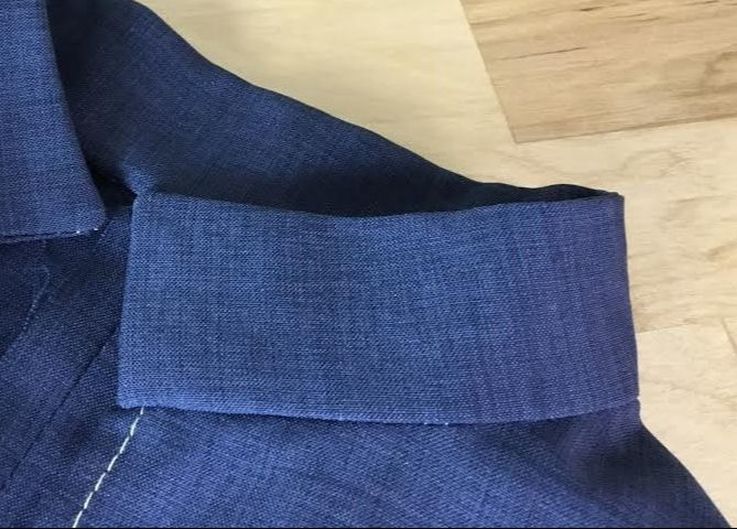
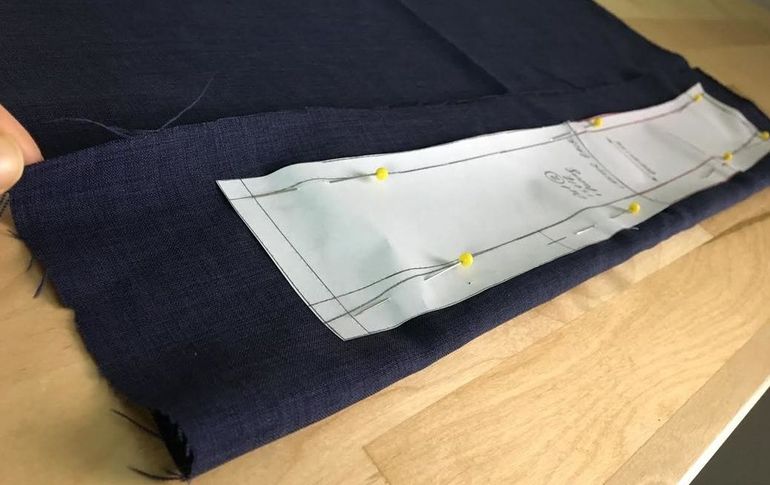
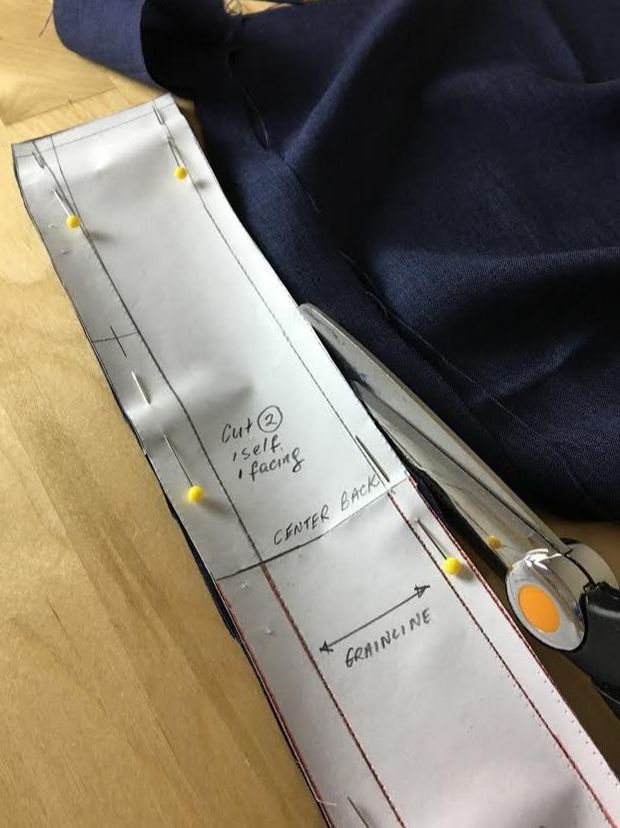
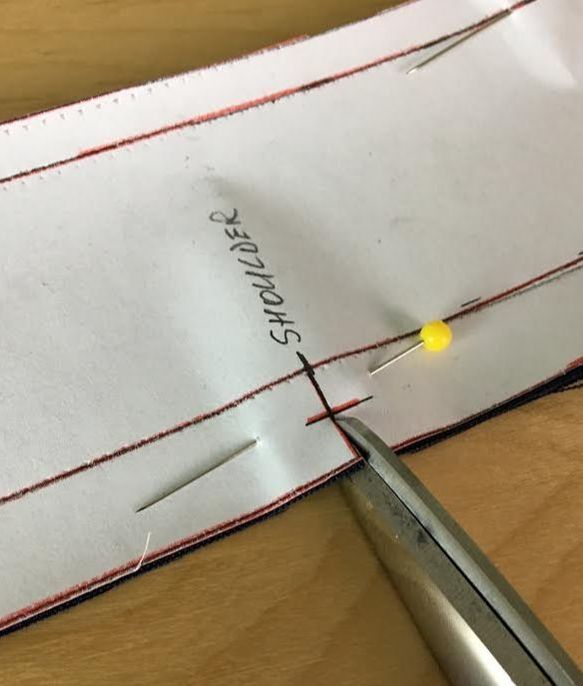
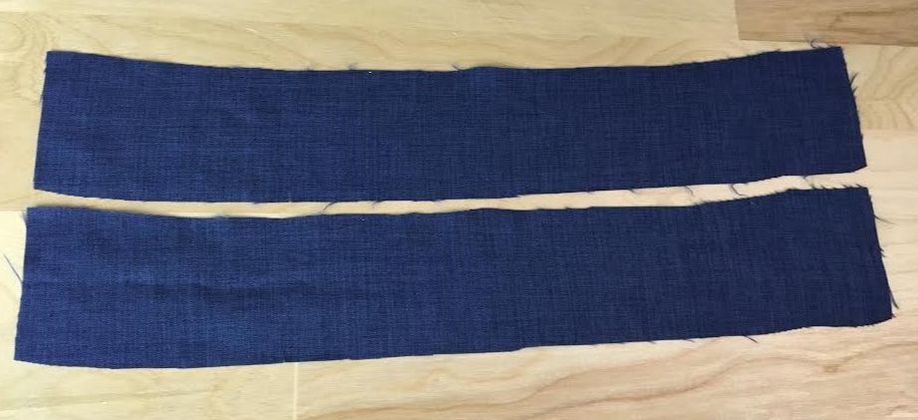
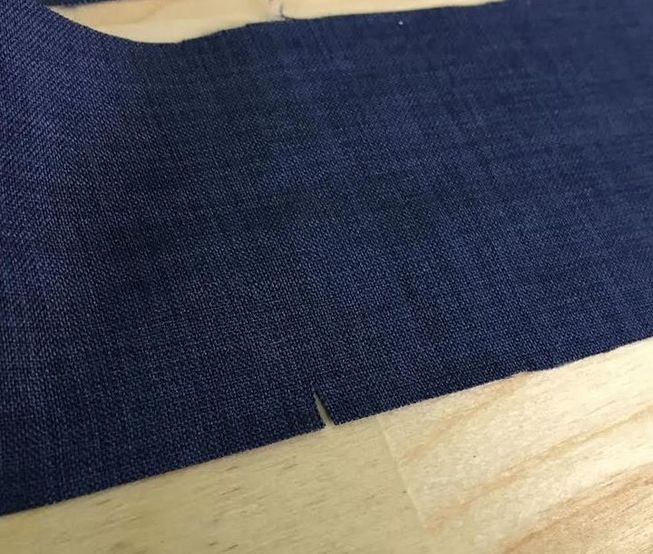
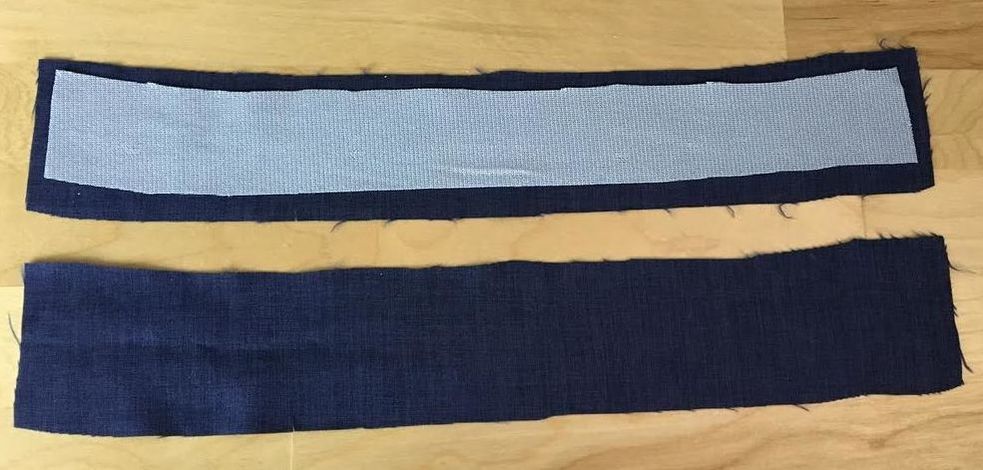

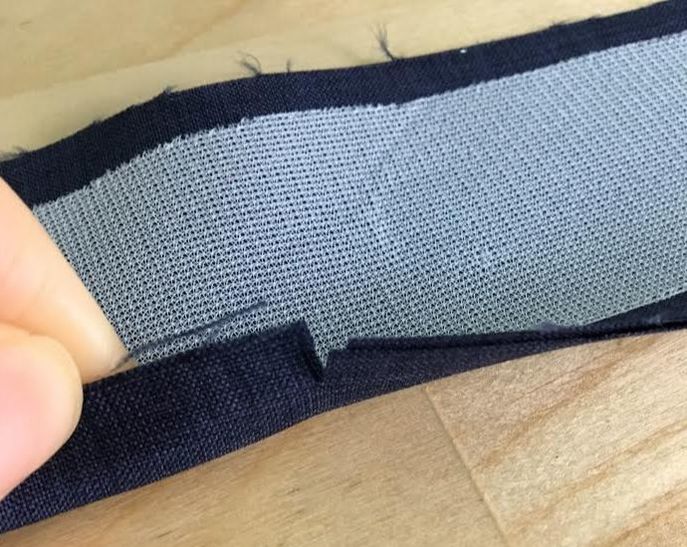

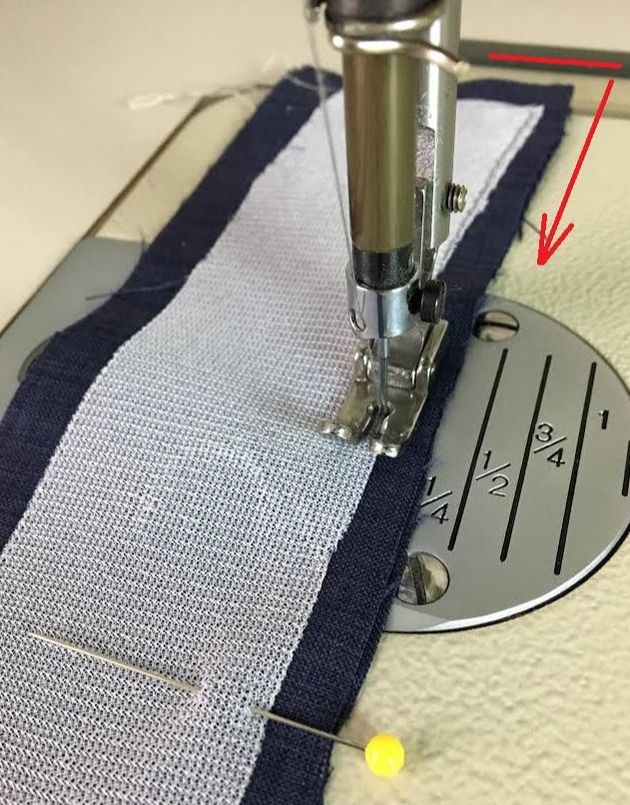
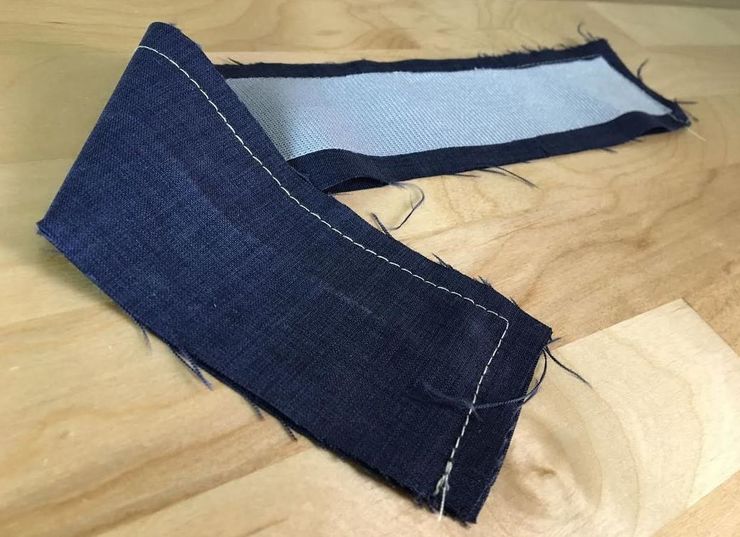
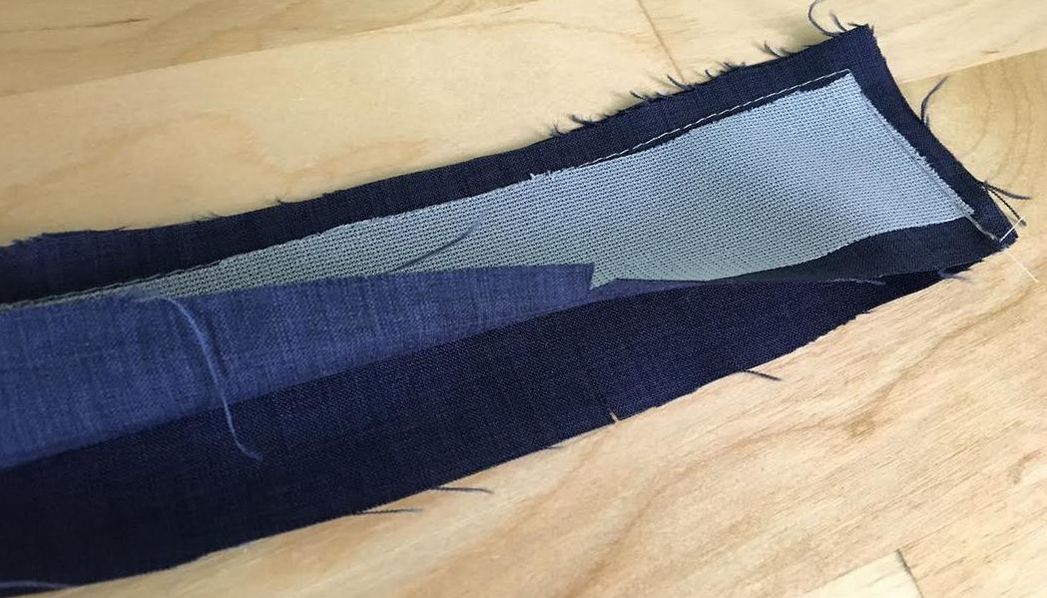
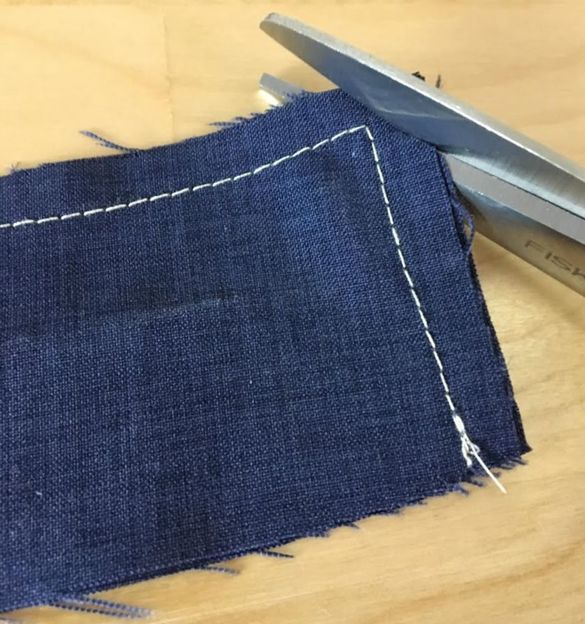
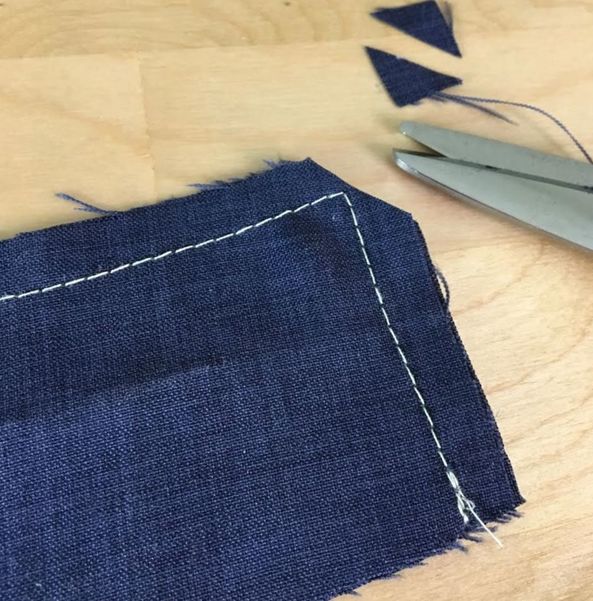

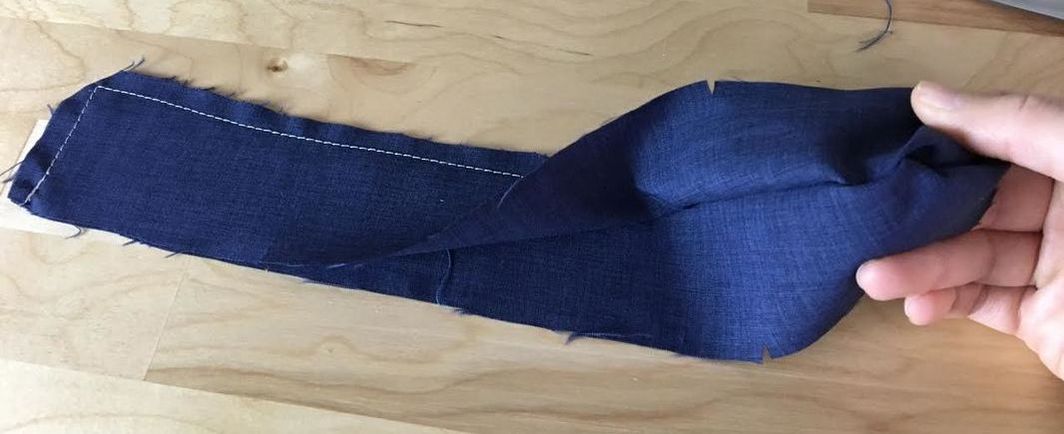
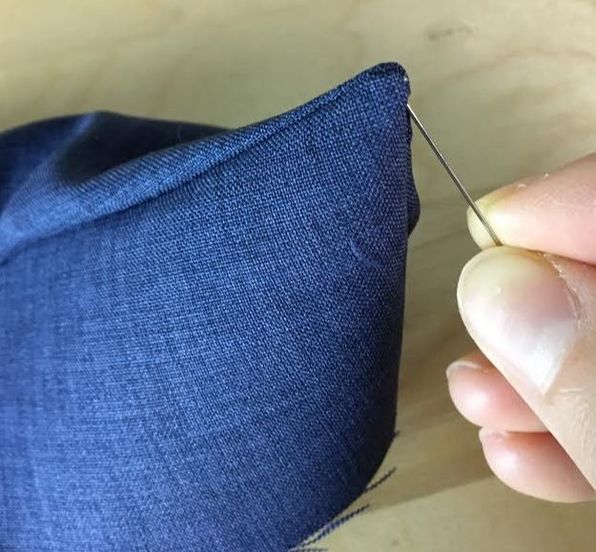
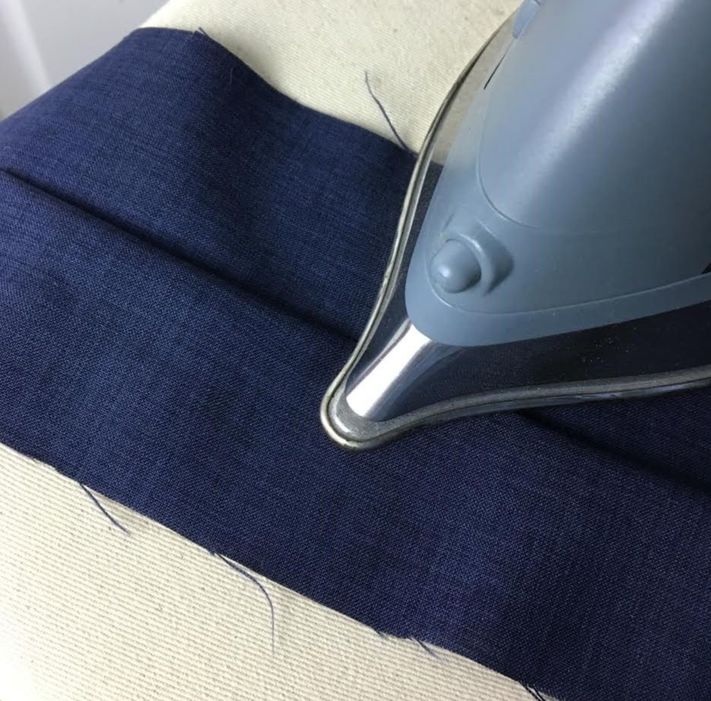
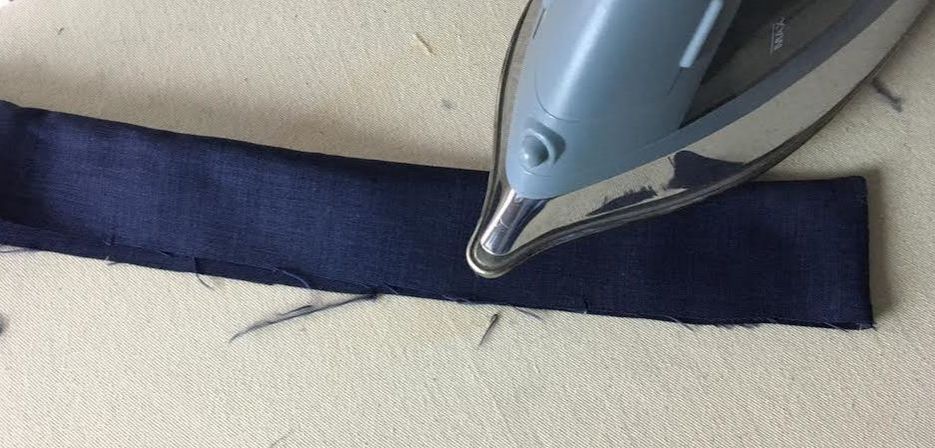
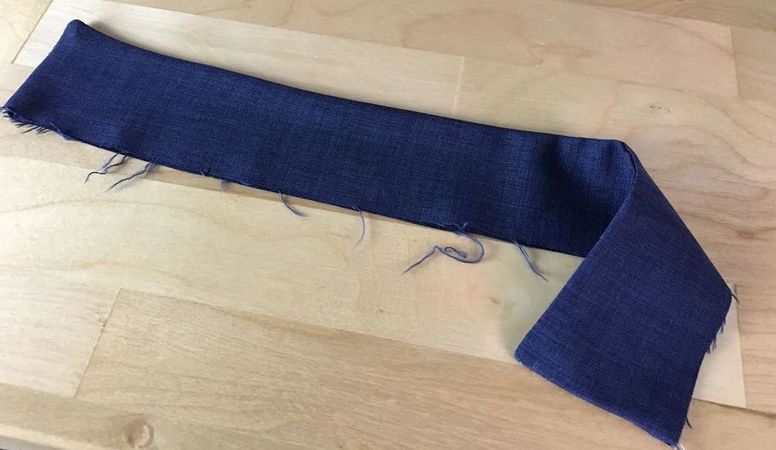
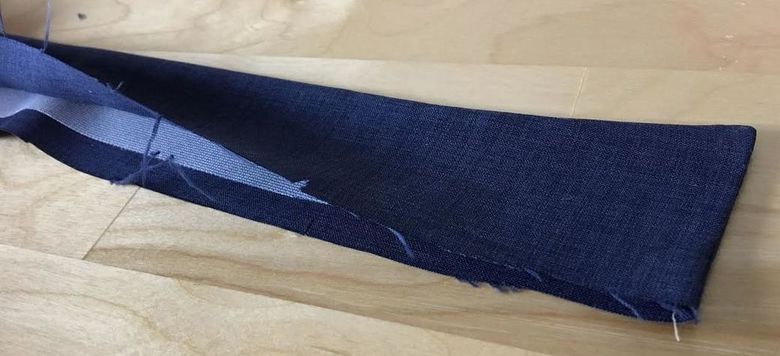
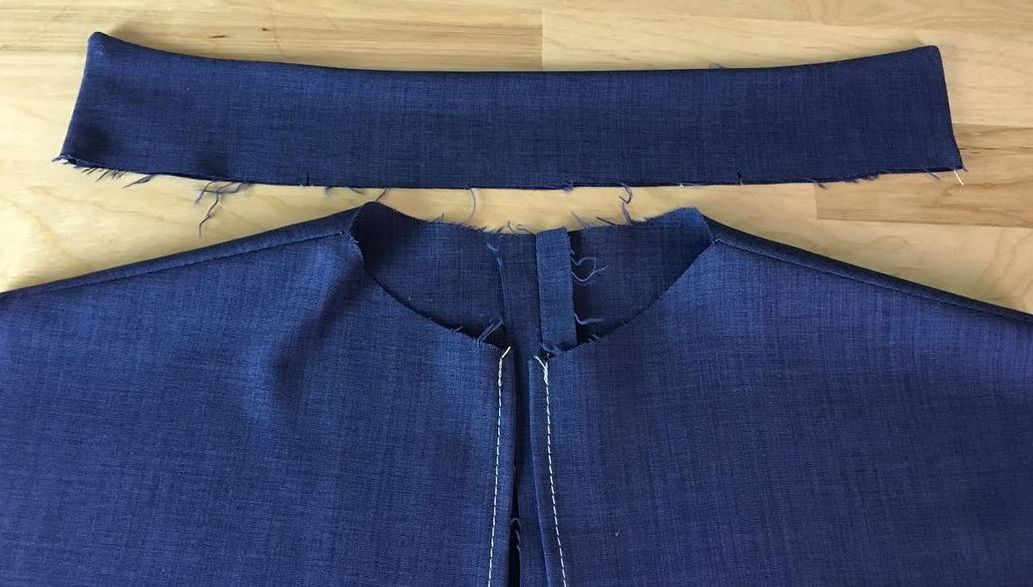
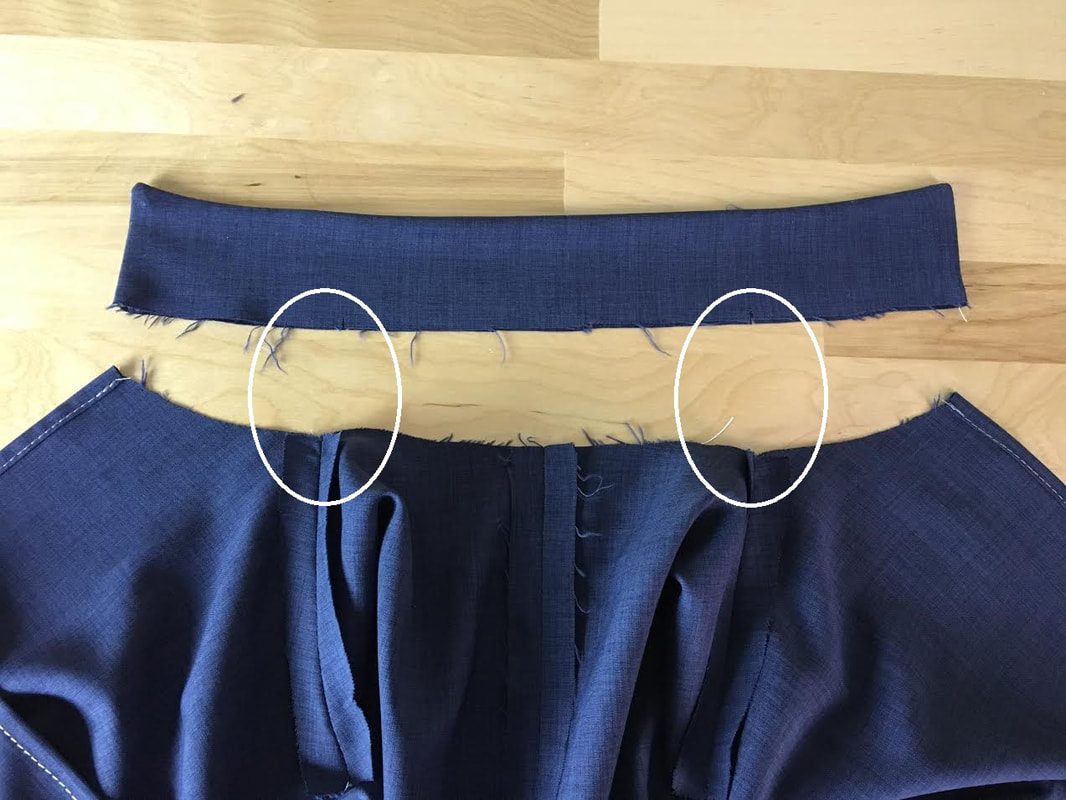
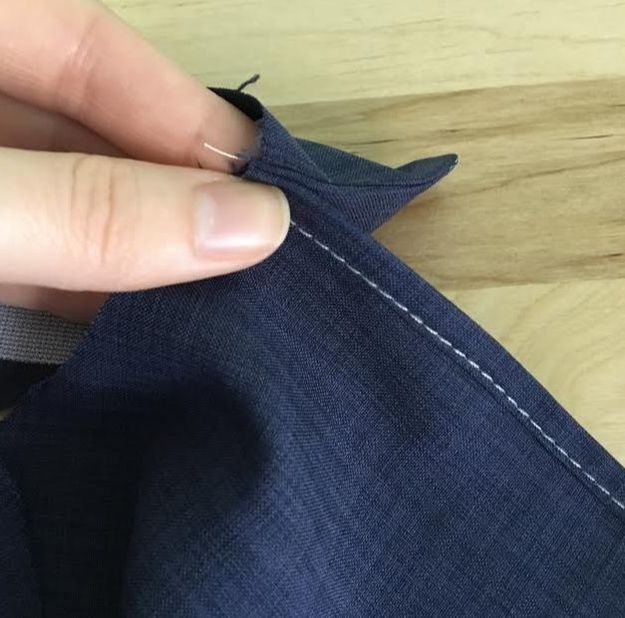
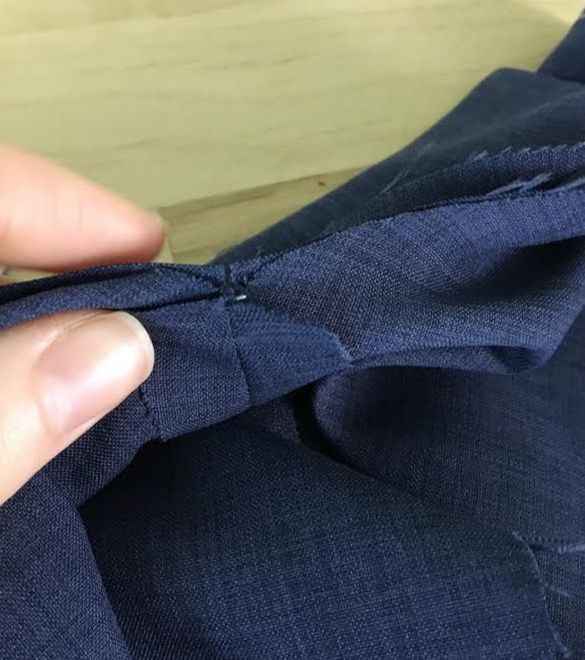
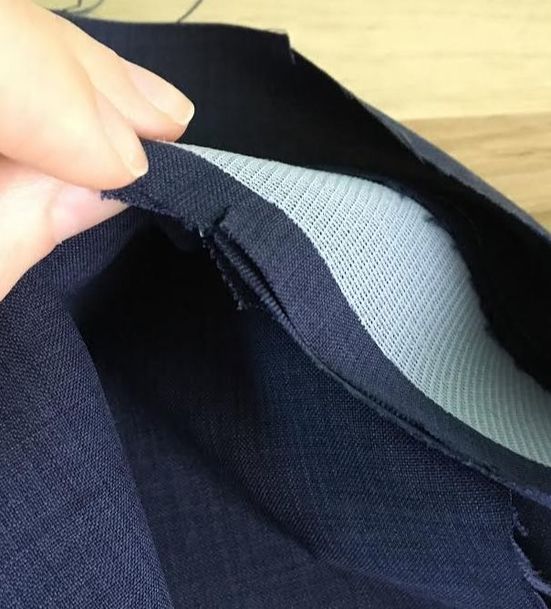
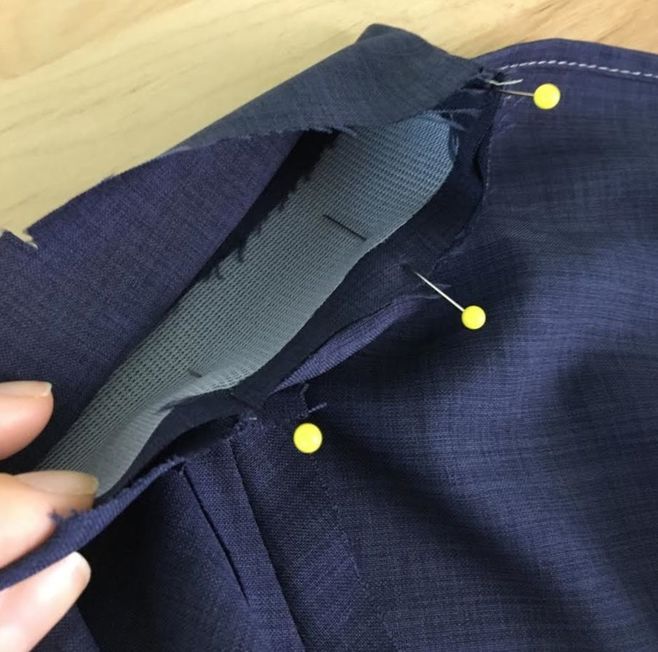
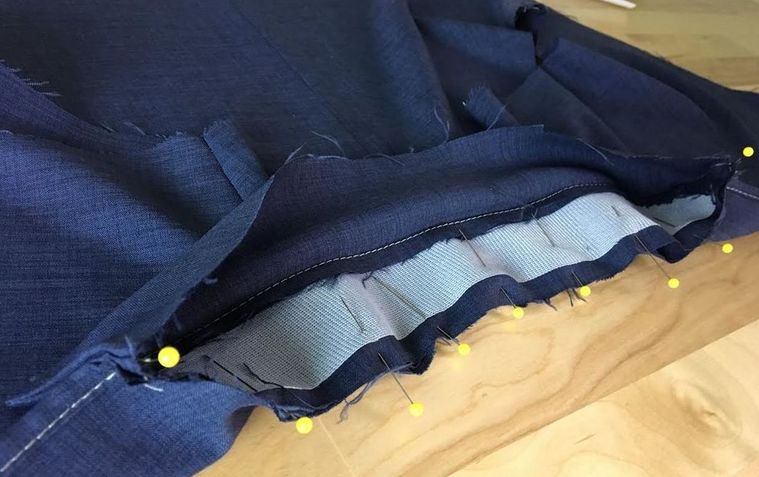
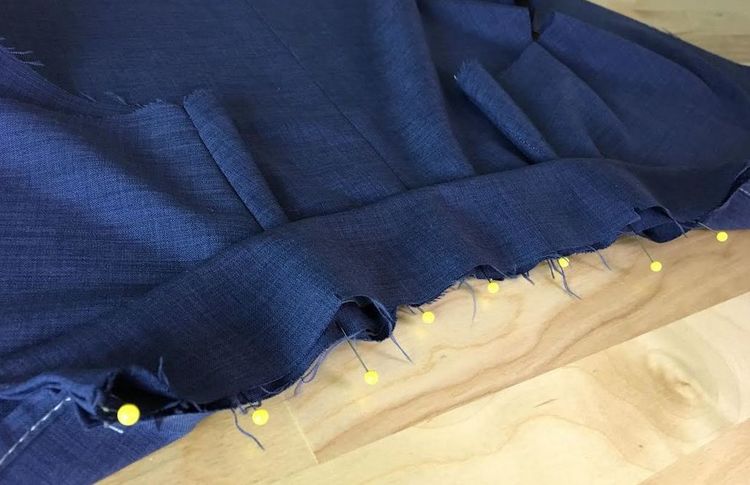
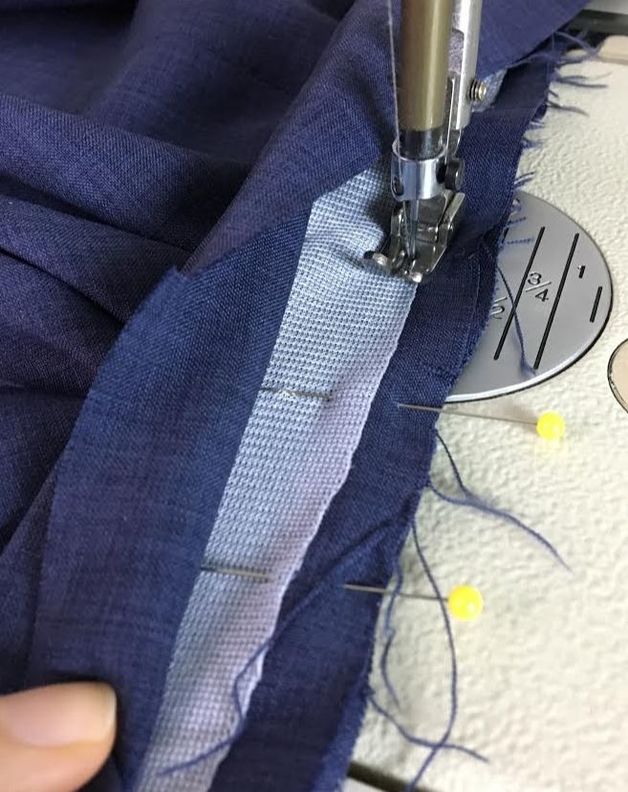
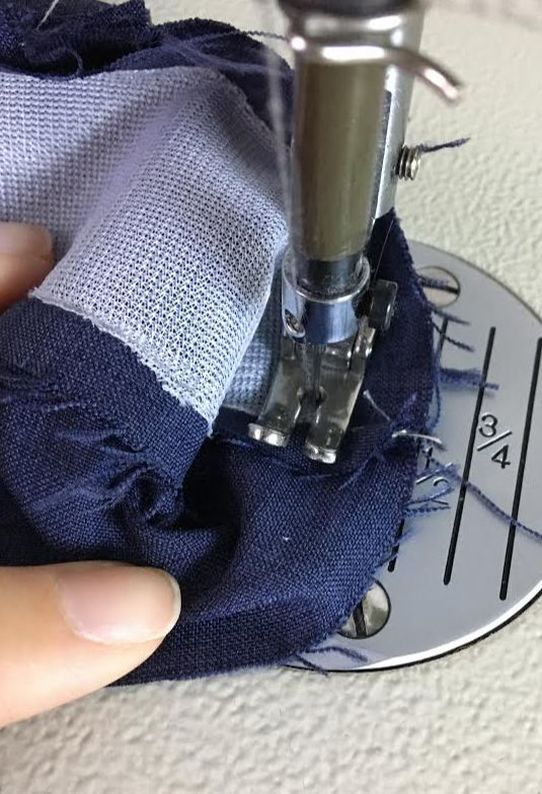
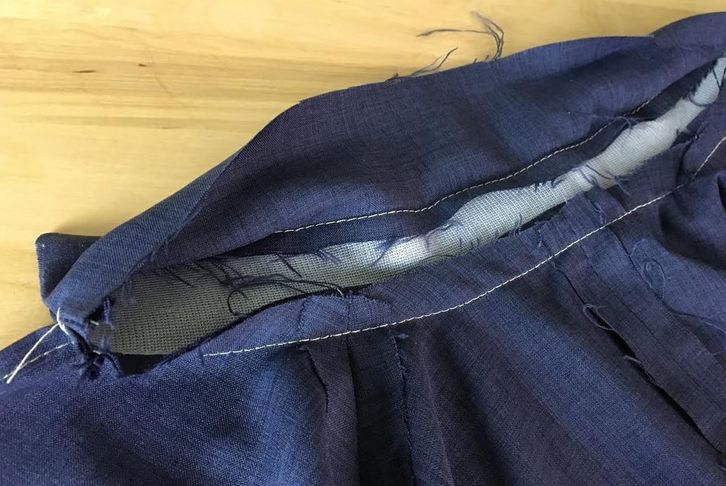
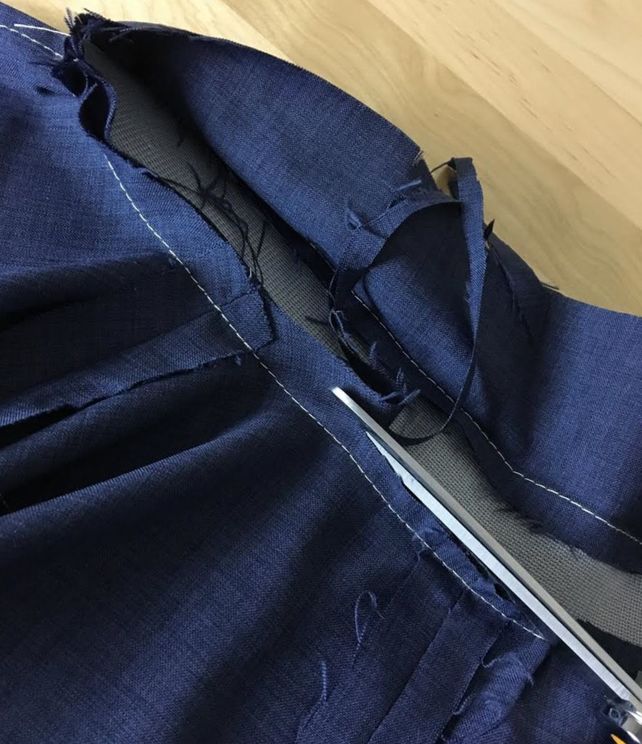

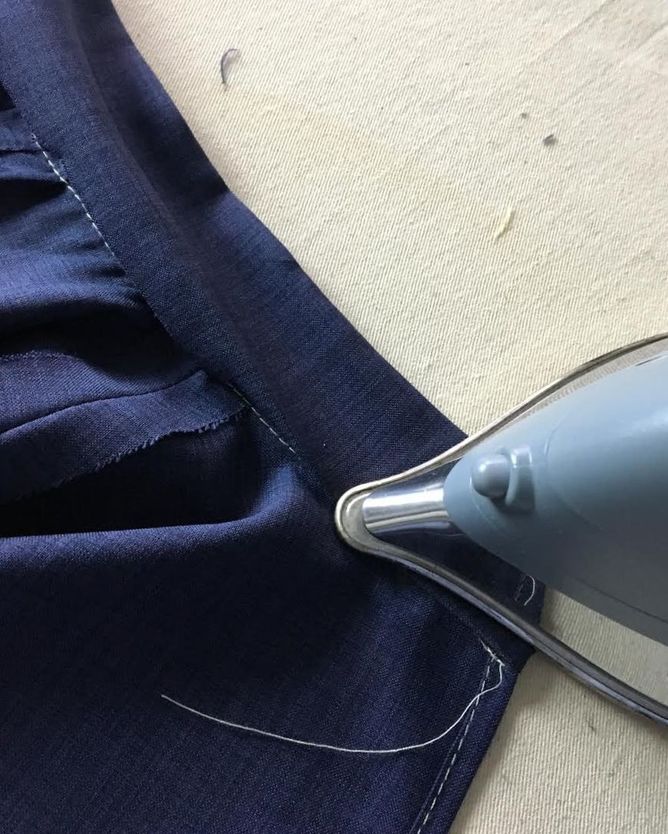
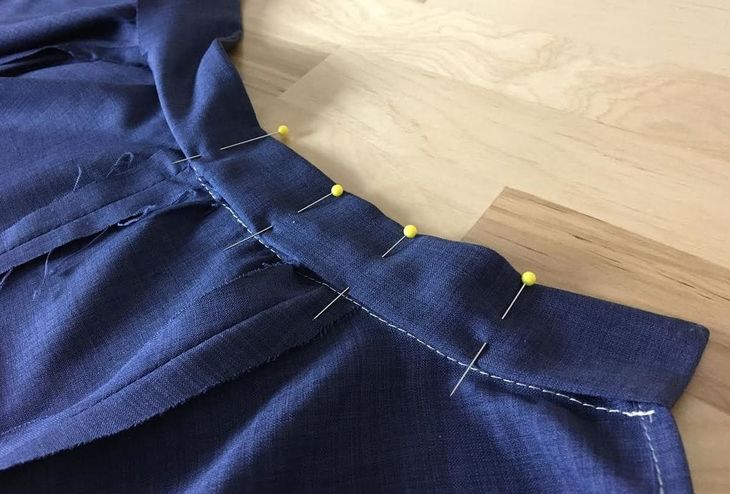
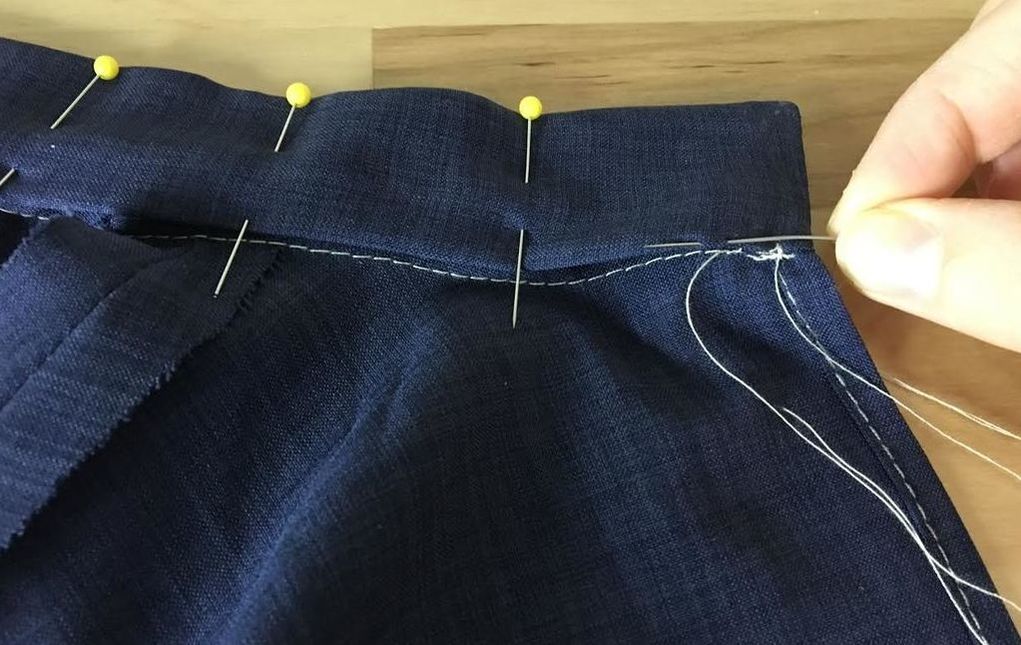
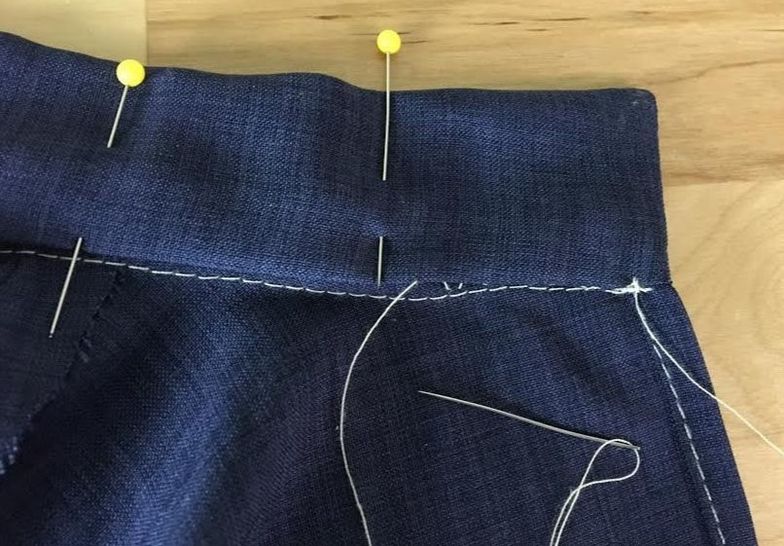
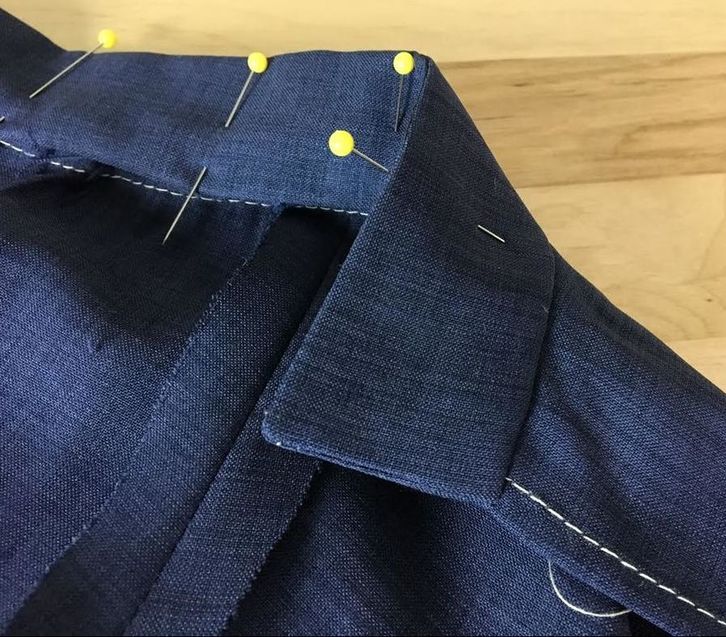
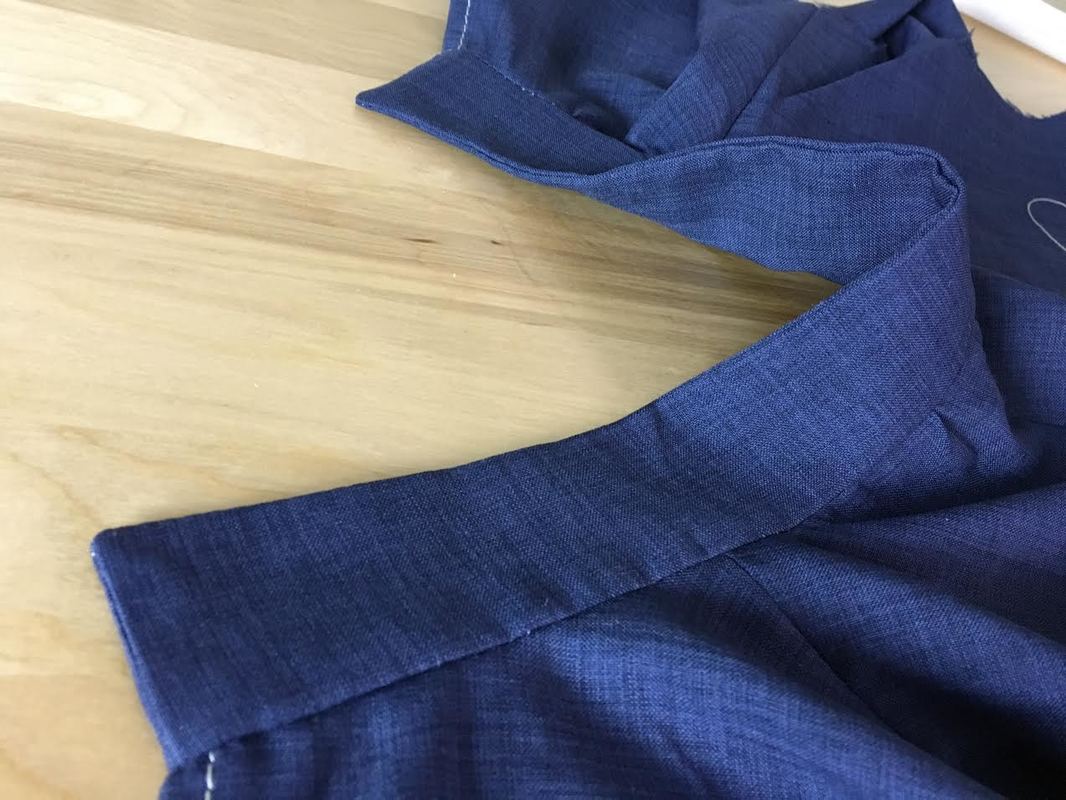
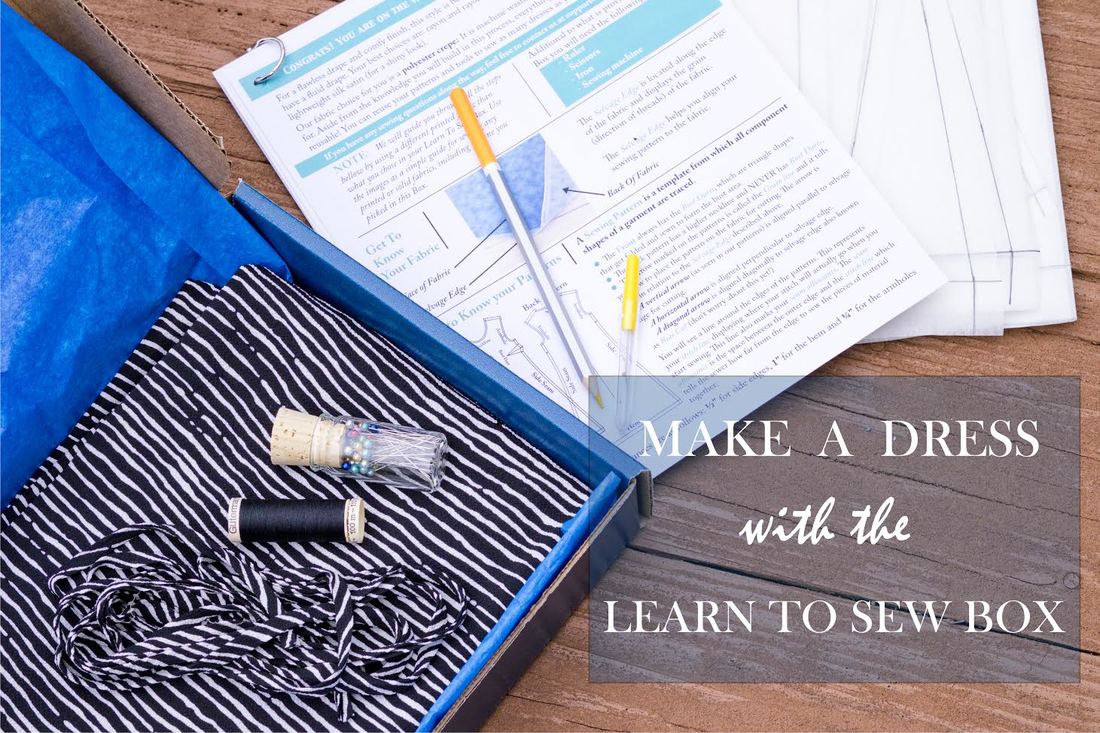


 RSS Feed
RSS Feed

